Feeling Warm in an Old House
mxyplx
11 years ago
Related Stories

UNIVERSAL DESIGNMy Houzz: Universal Design Helps an 8-Year-Old Feel at Home
An innovative sensory room, wide doors and hallways, and other thoughtful design moves make this Canadian home work for the whole family
Full Story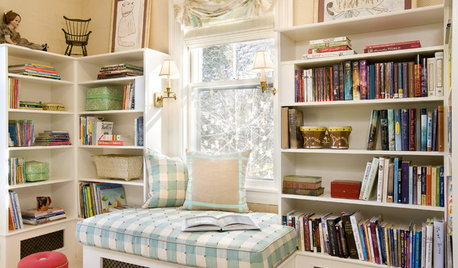
LIFEHouzz Call: What Makes Your House Feel Like Home?
Sometimes just one thing gives you that warm and fuzzy feeling. Let us know what it is for you
Full Story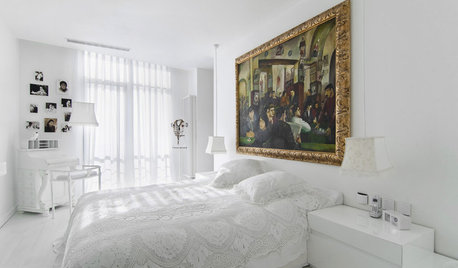
COLORWarm Up to White All Around the House
Explore the many ways to design a white kitchen, bathroom, dining room or bedroom that's far from stark and sterile
Full Story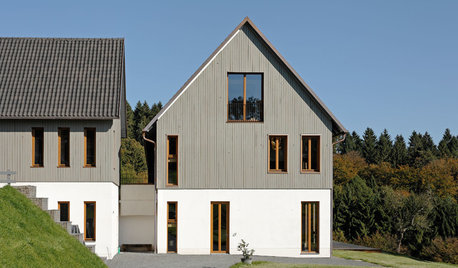
EXTERIOR COLORExterior Color of the Week: 7 Ways With Warm Gray
See why this hue can be the perfect neutral for any house
Full Story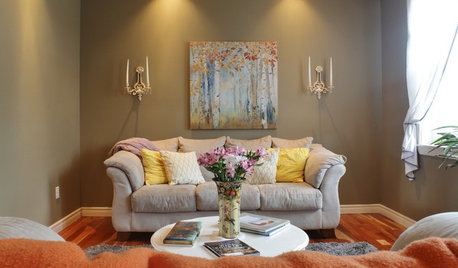
ECLECTIC HOMESMy Houzz: Family’s Personal Style Warms Up a New House
A Northwest family seeks out a kid-friendly neighborhood and makes a ‘development home’ their own
Full Story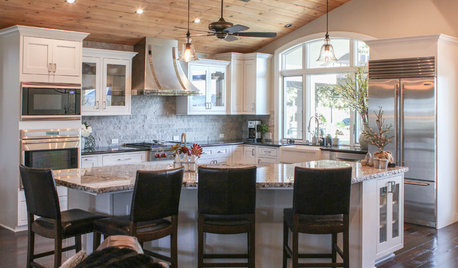
RANCH HOMESMy Houzz: Warm and Airy Kitchen Update for a 1980s Ranch House
A dark and cramped kitchen becomes a bright and open heart of the home for two empty nesters in Central California
Full Story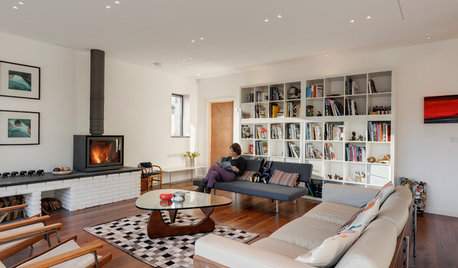
HOMES AROUND THE WORLDHouzz Tour: Warmly Modern Home in a Pretty English Town
Take a tour of this carefully considered new-build house hidden away in a scenic corner of Dartmoor National Park
Full Story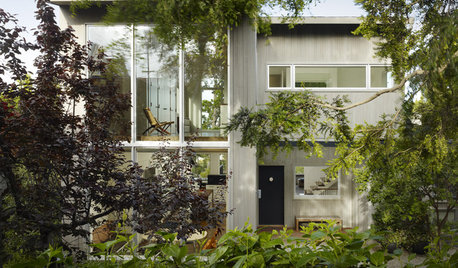
Modern Warms Up In These 6 Great Homes
Tour some inspiring contemporary houses infused with character and comfort
Full Story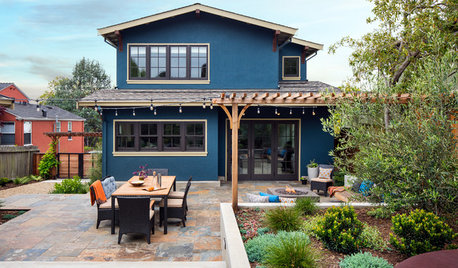
LANDSCAPE DESIGNHow to Make Your Painted or Stained House Feel at Home in the Landscape
Use color and texture to create a pleasing connection between your house and garden
Full Story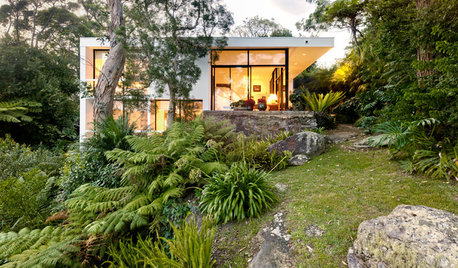
THE ART OF ARCHITECTUREHow to Make Your House Feel at Home Where It Is
Take cues from nature for placement, materials, shapes and patterns, for a house that sits well in its surroundings
Full StorySponsored
Columbus Area's Luxury Design Build Firm | 17x Best of Houzz Winner!
More Discussions






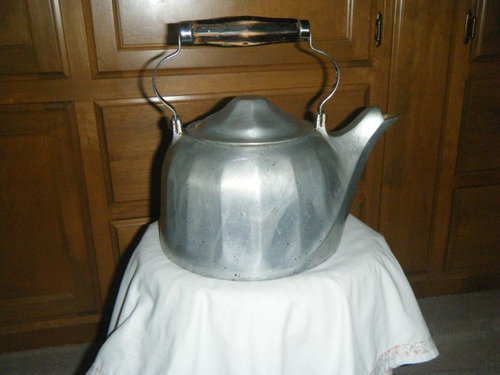




sombreuil_mongrel
akamainegrower
Related Professionals
Baltimore Kitchen & Bathroom Designers · Carlisle Kitchen & Bathroom Designers · El Sobrante Kitchen & Bathroom Designers · New Castle Kitchen & Bathroom Designers · Pleasanton Kitchen & Bathroom Designers · Andover Kitchen & Bathroom Remodelers · Glen Allen Kitchen & Bathroom Remodelers · Hanover Township Kitchen & Bathroom Remodelers · Hunters Creek Kitchen & Bathroom Remodelers · Oxon Hill Kitchen & Bathroom Remodelers · Pico Rivera Kitchen & Bathroom Remodelers · Rancho Cordova Kitchen & Bathroom Remodelers · Middlesex Kitchen & Bathroom Remodelers · Wauconda Architects & Building Designers · Bell Gardens Architects & Building Designersliriodendron
mxyplxOriginal Author
homebound
homebound
akamainegrower
jonnyp